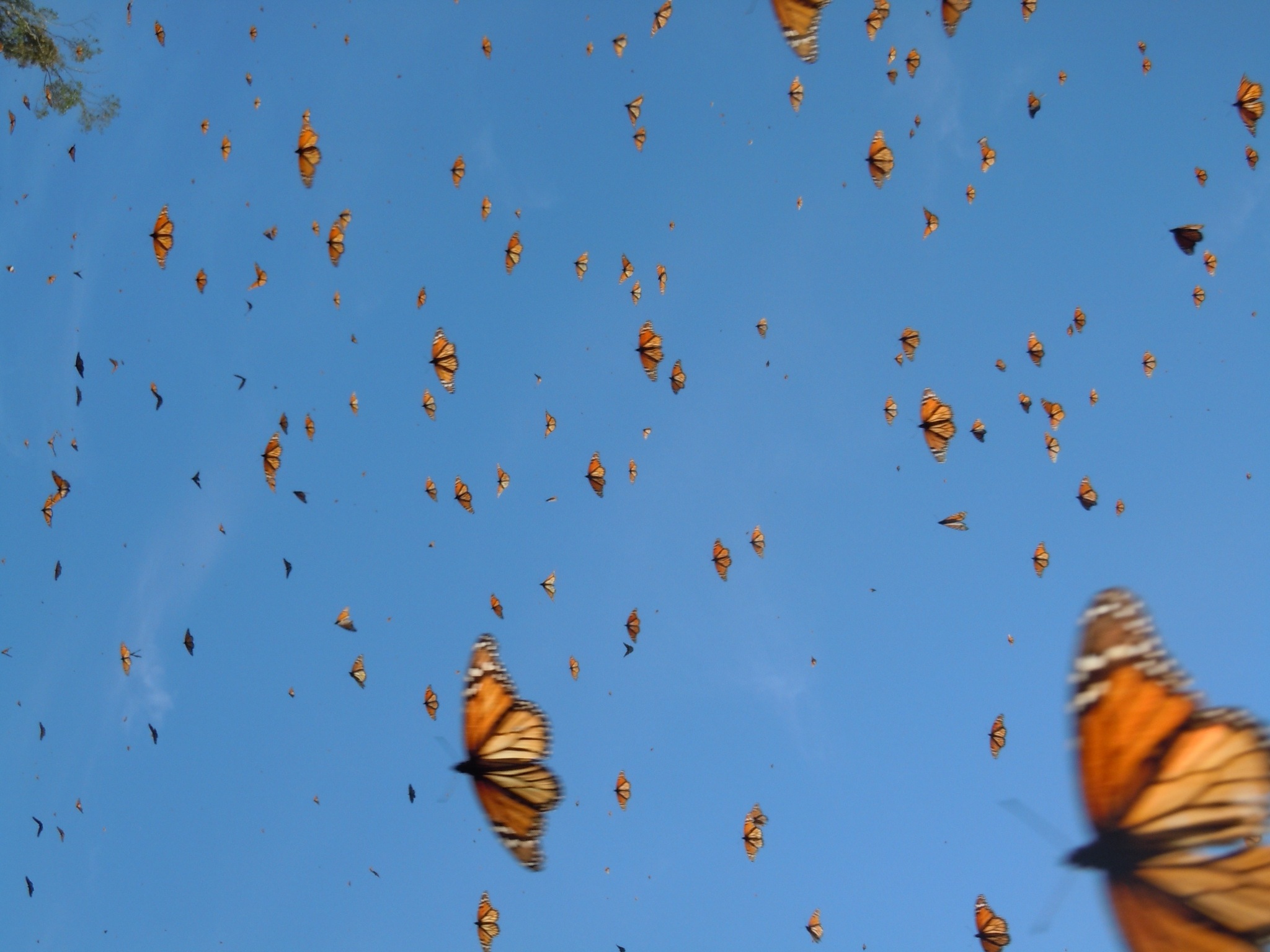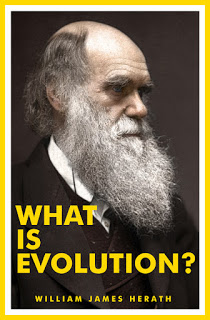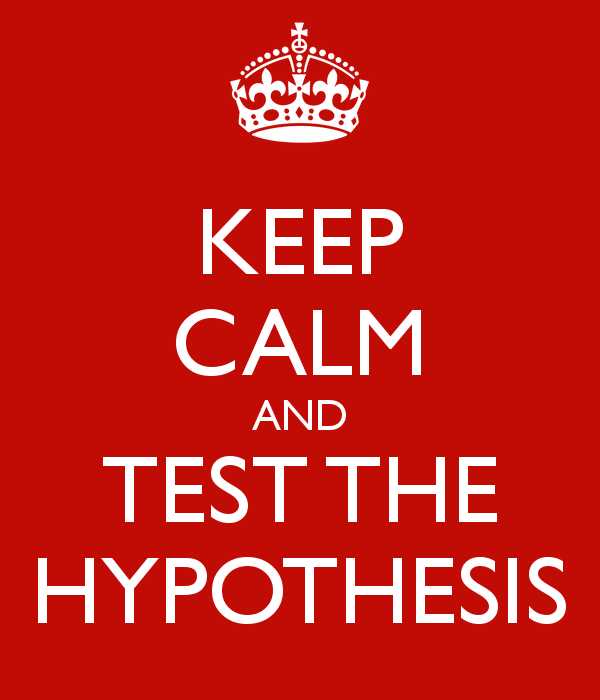 Biological evolution is plagued by much confusion when it comes to the conjecture of those whom choose to engage the topic. What is evolution? As clearly outlined in a previous post entitled, Why I wrote the book, What Is Evolution?, there is no clear, concise, legal, and scientifically agreed upon definition. The reason evolution has not been defined is because of the clear intention of those who subscribe to Darwinian thinking to keep the term elusive. If evolution is not a real term with a real definition, then it can be described as anything. We all know the Grand Canyon is big and beautiful, and the Colorado river is cutting the canyon floor deeper each year. We all know that evolution is a fact because the Grand Canyon used to be a plateau that has changed over time. No one can disagree with this, hence evolution is a fact.
Biological evolution is plagued by much confusion when it comes to the conjecture of those whom choose to engage the topic. What is evolution? As clearly outlined in a previous post entitled, Why I wrote the book, What Is Evolution?, there is no clear, concise, legal, and scientifically agreed upon definition. The reason evolution has not been defined is because of the clear intention of those who subscribe to Darwinian thinking to keep the term elusive. If evolution is not a real term with a real definition, then it can be described as anything. We all know the Grand Canyon is big and beautiful, and the Colorado river is cutting the canyon floor deeper each year. We all know that evolution is a fact because the Grand Canyon used to be a plateau that has changed over time. No one can disagree with this, hence evolution is a fact.

Many subscribers of Neo-Darwinian thought use the word evolution in a “catch all” kind of way. They mold, shape, or stretch it to fit in place of domestication, artificial selection, natural selection, migration, adaptation, trait variation, reproduction, speciation, erosion and the list goes on. Granted these processes are cogs in the machine of evolution, yet much like a transmission is part of an automobile; no one is calling it a car. In order to compensate for this erroneous why of using evolution in a “catch all” kind of way, the National Academy of Sciences (and many others) has split it into “micro” and “macro.” Microevolution tends to encompass natural mechanisms and processes that are well defined terms and observable facts such as domestication. Darwin heavily relied upon the fact of domestication of which has been extrapolated into the idea of new species emerging, aka macroevolution. This further exacerbates the issue of the elusive nature of evolution of which I have already posted details that outline this reality. Feel free to read: Why Evolution Is a Fact.

As previously stated, the processes of evolution are well defined terms like domestication, artificial selection, natural selection, migration, adaptation, trait variation, and reproduction to name a few. So, in evolutionary conjecture, there is no reason to confusingly use evolution or microevolution in their place. The most scientifically honest way to speak of adaptation would be to use the word adaptation, would it not?

So, where does this leave us when it comes to macroevolution? Darwin wrote a book called The Origin of Species. He and his successors are on the quest of explaining how diverse species emerge. The most honest and honoring way of describing their said quest is by focusing on the emergence of, and the origin of species… aka macroevolution. As suggested in my previous post, the following definition of biological evolution could very well be the most scientifically accurate and clearly written to date.

This definition of biological evolution brings a greater level of understanding to the term because it clearly outlines its result and means. If all of life’s biodiversity is the result of evolution then it must be stated up front. The subsequent means of how the result came to be is just as imperative and that is why it is included.
“It is not necessarily easy to ‘see’ macroevolutionary history; there are no firsthand accounts to be read. Instead, we reconstruct the history of life using all available evidence: geology, fossils, and living organisms.
“Once we’ve figured out what evolutionary events have taken place, we try to figure out how they happened. Just as in microevolution, basic evolutionary mechanisms like mutation, migration, genetic drift, and natural selection are at work and can help explain many large-scale patterns in the history of life.
“The basic evolutionary mechanisms — mutation, migration, genetic drift, and natural selection — can produce major evolutionary change if given enough time.”


According to the scientific community, macroevolution/speciation cannot be substantiated by empirical data but is inferred to take place if given enough time. Inference is the foundation that macroevolution is built upon and it is no secret. When speaking of the validity of evolution and how it is substantiated through inference, Richard Dawkins outlines in his book The Greatest Show on Earth that he “will take inference seriously,” and that he will “show the irrefragable (WEBSTER: impossible to refute) power of the inference that evolution is fact.”
Is Mr. Dawkins correct? Can inference be used to show that something is a fact? Can the National Academy of Sciences call evolution a fact if its main idea of macroevolution/speciation is upheld by inference? Can inference ever produce empirical data?

Science can logically call upon inference when forming a hypothesis. Once the hypothesis is made, experimentation is necessary to confirm the hypothesis, and inference is no longer part of the process. Charles Darwin inferred speciation from the fact of adaptation, but instead of setting up experiments to observe speciation, evolutionary biologists have unscientifically used the fact of adaptation as confirmation of Darwin’s inference of speciation. This circular type of thinking is the reason why evolution is in question.
Some people outside of the evolutionary community believe that macroevolution/speciation is observable and have compiled so called examples. BioLogos which is the most prominent voice of theistic evolution has posted an article that attempts to show observable evidence for new species emerging and it is entitled: Speciation and Macroevolution. Even though theistic evolution paradoxically claims there to be some kind of supernatural involvement in the completely natural process of evolution, I will engage three of the points made in this article and respond accordingly.
Firstly, in the article Speciation and Macroevolution, the author states:
“It’s pretty clear to most of us that life can change over time. For those who aren’t convinced, just take a quick trip to your local animal shelter. Each of the dog breeds there, from the Great Dane to the Chihuahua, descended from a single ancestral population.”
Yes, life can change. It is obvious that due to breeder selection, dogs have changed. Dogs are still dogs and still able to breed with their ancestor the wolf. So, even though physical/visual changes have taken place, no macroevolution/speciation has happened. Also, it is important to recognize that life can NOT change over time. We hear that unicellular organisms changed into a myriad of other forms making way for the emergence of biodiversity including the human species, yet we still have unicellular organisms. Are they immune to change? Why have many organisms like bats, turtles, frogs, alligators, crocodiles, dragonflies, bees, mosquitoes, opossums, cycads, koalas, platypuses, cockroaches, chevrotains, lungfish, nautiluses, crinoids, horseshoe crabs, ferns, ctenophores, stromatolites, elephant sharks, pygmy right whales, ginkgo biloba trees, coelacanth fish, wallaby pines, many types of bacteria, and microfossils shown zero evolutionary change in comparison to their fossilized counterparts? Are some organisms able to defy evolution? Learn more from a previous post entitled: What About Fossils?
Secondly, continuing with the BioLogos article:“Biologists Peter and Rosemary Grant had been studying finches since 1973. They lived on an island called Daphne Major in the Galapagos. It was here that they conducted their studies. When they first began their studies, only two species of Finch lived on Daphne Major: the medium ground finch and the cactus finch. But, in 1981, Peter and Rosemary noticed that an odd new finch had immigrated to the island. It was a hybrid, a mix between a cactus finch and a medium ground finch. It didn’t quite fit in with the other birds. The odd misfit had an extra large beak, an unusual hybrid genome, and a new kind of song. But somehow he was still able to find a mate.
According to Ernst Mayr, who developed the Biological Species Concept BSC, any interbreeding organisms capable of producing fertile offspring are the same species. So, if the cactus finch and the ground finch created a hybrid that then found a mate, all said finches are of the same species.
“The female was also a bit of a misfit and had some hybrid chromosomes of her own. So their offspring were very different from the other birds on the island.
Different like dogs are different, but all able to interbreed and produce fertile offspring.
Rosemary and Peter continued to carefully watch the odd hybrid line.
Technically not a hybrid, just a line that varies visually. Still the same species.
“They wondered if the birds would become isolated from the other finch species on the island or if they would eventually re-assimilate. After four finch generations, a drought killed off many of the birds on Daphne Major. In fact, almost the entire hybrid line was exterminated. Only a brother and sister pair remained. The two family members mated with each other, producing offspring that were even more unique than their parent line. From that point on, as far as biologists Peter and Rosemary could tell, the odd population of finches mated only with each other.
If this “odd population” of finches only mated with each other does it mean it is a new species. What if the same scenario from the beginning happened again? Two groups of birds that were thought to have been unique species mate and created fertile offspring. This scenario only shows that no matter how different finches on the Galapagos can look, they are still the same species, due to the observable fact that interbreeding and the production of fertile offspring takes place.
Thirdly, continuing with the BioLogos article:
“Another example of speciation, or macroevolution, also took place on an island—this time, on the beautiful Portuguese island of Madeira. According to history books, the Island of Madeira was colonized by the Portuguese about 600 years ago. The colonizers brought with them a few unassuming European House Mice, which they accidentally left on the island. It’s also possible that a group of Portuguese House Mice was dropped off later on.
“Recently, Britton-Davidian, an evolutionary biologist at University Montpellier 2 in France, decided to collect samples of the Madeira mice and see how those original populations had changed over time. What she found was surprising. Rather than just one or two species of mouse, she found several. In only a few hundred years, the original populations of Mice had separated into six genetically unique species. The first mouse populations had 40 chromosomes altogether. But the new ones were quite different. Each new variety had its own unique combination of chromosomes, which ranged in number from 22 to 30.
“What seems to have happened is that, over time, the mice spread out across the island and split into separate groups. Madeira is a rugged volcanic island with crags and cliffs. So it makes sense that this would have been easy to do. There were many isolated corners for the mice to occupy. Over time, random mutations occurred—some chromosomes became fused together.”
The problem with this scenario is that we do not know how many various species of mice where accidentally imported to the island. We also do not have data on whether or not the island had an indigenous species of mice before the Europeans arrived. In fact, there could have been multiple species of pre-European indigenous mice. Claiming that speciation occurred in this instance is deplorably unscientific. There simply is not enough data to make this scenario empirical in anyway.
